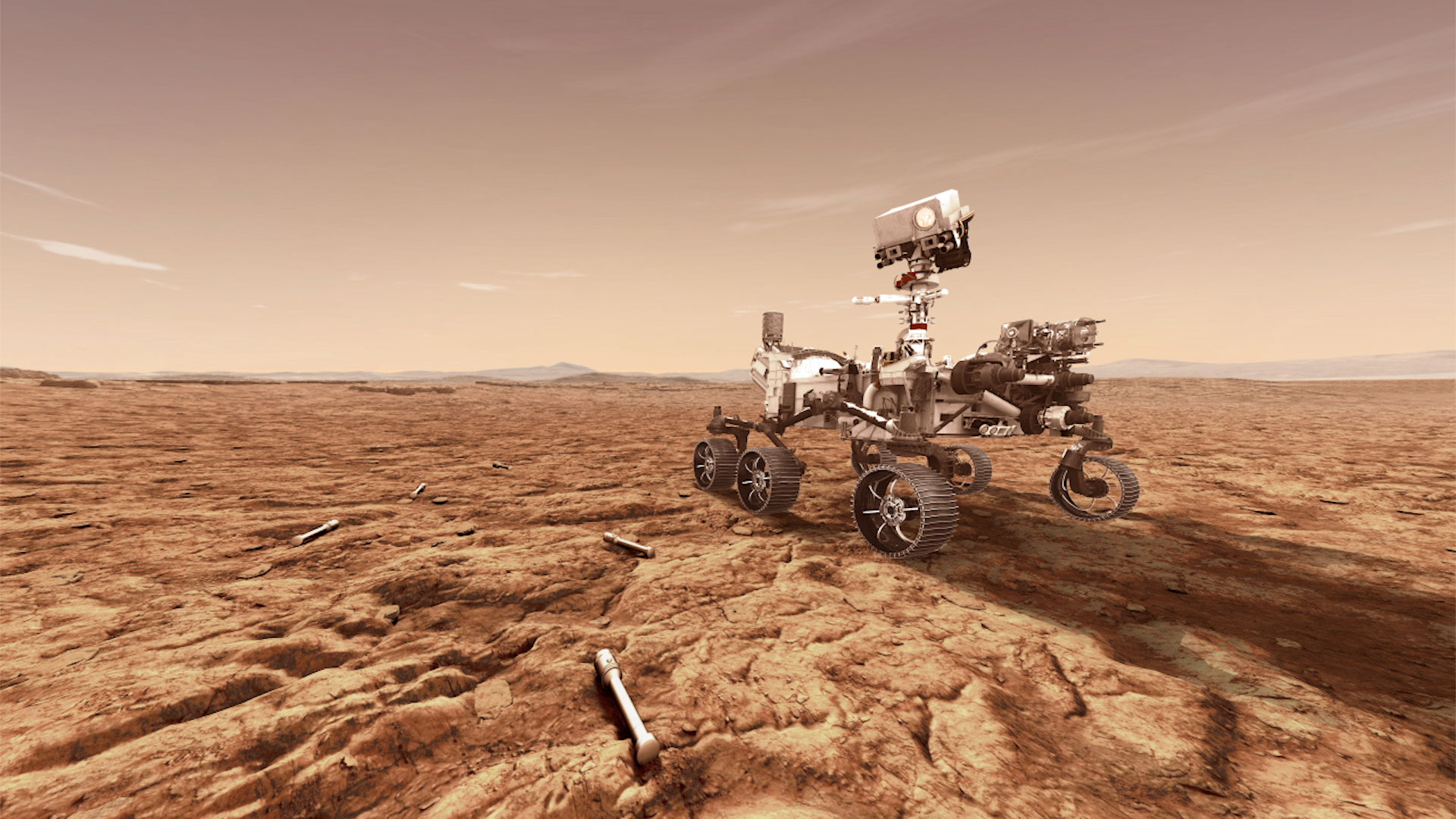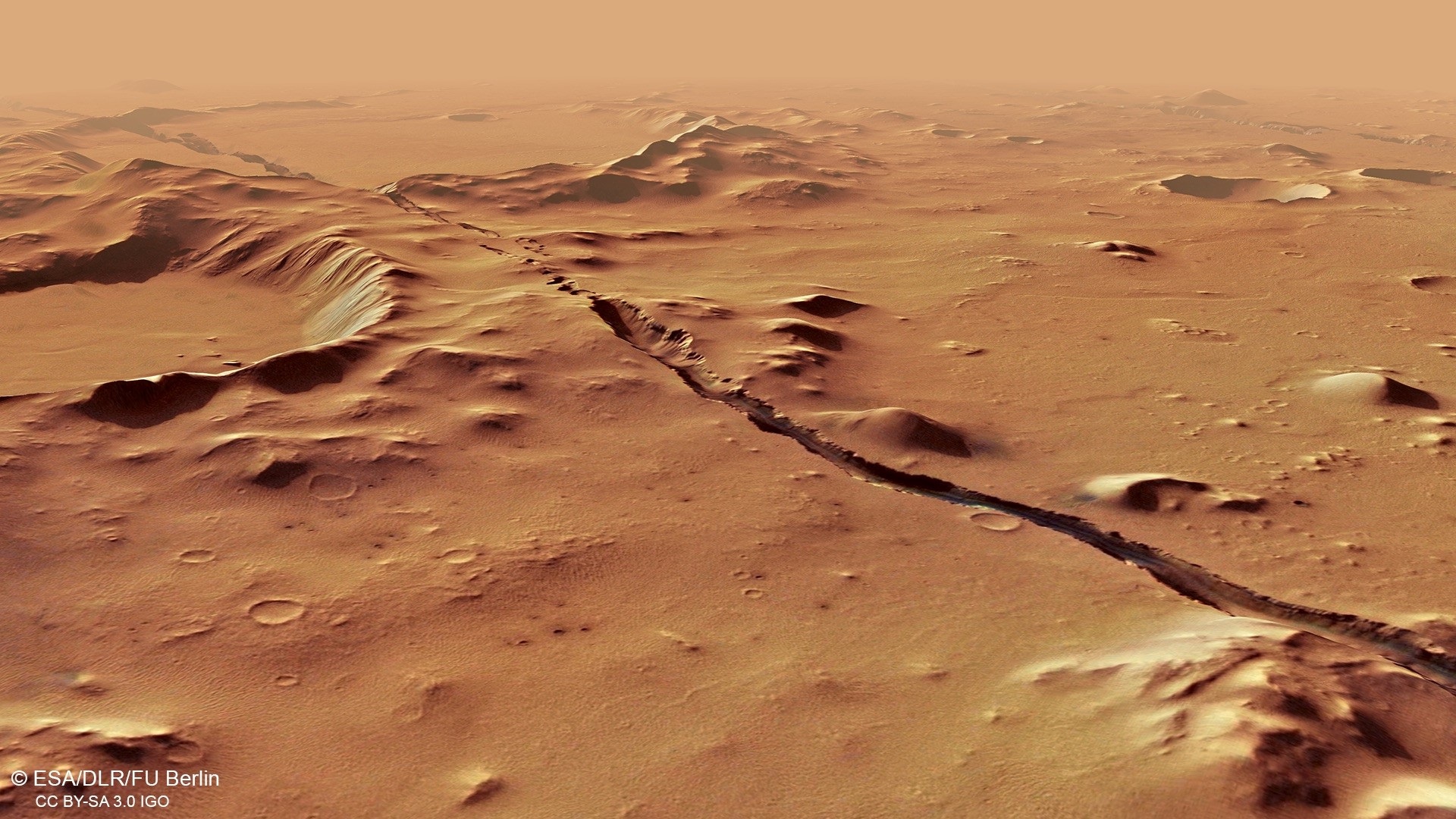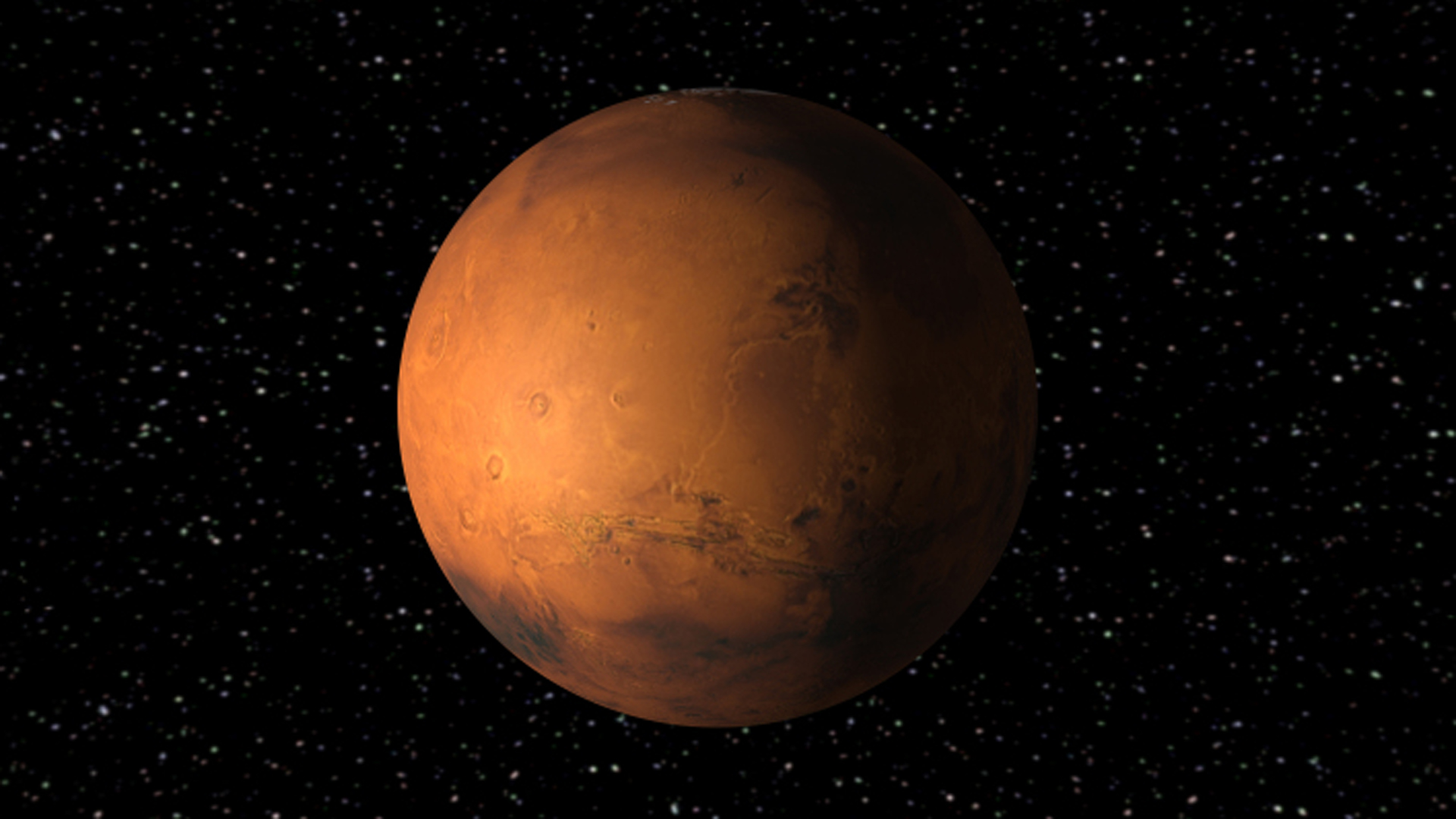
The search for life on Mars may have become more complicated.
When rovers like curiosity and perseverance search the surface for traces of ancient life, New evidence suggests that we may need to dig deeper to find them.
There is no evidence for the existence of amino acid residues from the time when Mars was habitable It may be buried at least 2 meters underground.
This is because Mars, in the absence of a magnetic field and thin atmosphere, is subject to a greater amount of cosmic radiation than its surface. We know that cosmic radiation destroys amino acids.
Now, thanks to experimental data, we also know that geographically, this process takes place over a very short period of time.
“Our results show that the amino acids are being destroyed at a much faster rate than previously thought by the surface rocks of Mars and the cosmic rays in regolith.”Says Alexander Pavlov, a physicist at NASA’s Goddard Space Flight Center.
“Current Mars rover missions are about 5 centimeters deep. It would take 20 million years to completely destroy amino acids at that depth. Adding perchlorates and water would further increase the rate of amino acid destruction.” Collaboration.

Cosmic radiation is a major concern for Mars exploration. The average human being on Earth is exposed to 0.33 millisieverts of cosmic radiation per year. On Mars, that year’s exposure could exceed 250 millisieverts.
These high-energy radiation, energetic phenomena such as solar flares and supernovae, can penetrate the rock, ionize and destroy any organic molecules it encounters.
Mars was once thought to have a global magnetic field and a very dense atmosphere similar to Earth’s. There is a lot of evidence for that too That liquid water once settled on the surface of Mars in the form of oceans, rivers and lakes.
The combination of these features suggests that Mars may have been habitable (perhaps repetitive) in the past.
One sign that could indicate the habitat of Mars is the presence of amino acids. These organic compounds are not biological signatures, on the contrarySome of the building blocks of life.
Amino acids combine to form proteins, and are found in asteroids such as the asteroid Ryuku and the atmosphere of comet 67P. Therefore, They are not a definite sign of life, but finding them on Mars is another clue that one day life will appear there.
Pavlov and his team wanted to better understand the possibility of finding sources of amino acids on the surface of Mars, so they designed an experiment to test the strength of these compounds.
The amino acids were mixed with mineral compounds designed to simulate Martian soil containing silica, hydrated silica, or silica and perchlorates (salts) and sealed in experimental tubes similar to those on the Martian atmosphere. in Mars.

The team irradiated the samples with ionizing gamma radiation, reflecting the amount of cosmic radiation expected on the surface of Mars in about 80 million years. Previous experiments destroyed only amino acids without soil simulation. This may have given the amino acids an inaccurate lifespan.
“Our mission is to study the extinction (radiology) of a wide range of amino acids under various factors (temperature, water content, perchlorate uptake) associated with Mars and to compare the radiation ratios first. Says Pavlov
“The addition of silicates with silicates and especially perchlorates greatly increases the rate of destruction of amino acids.”, The scientist adds.
That means that any amino acids that were on the surface of Mars about 100 million years ago could disappear for a long time and be irradiated with nothing.
The surface of Mars, for longer than that, instead of millions of years, for billions of years, has not been hospitable to life. A few centimeters of digging with curiosity and diligence is unlikely to produce amino acids.

Both rovers have detected organic matter on Mars, but since molecules can be produced by non-biological processes, they cannot be considered as a source of life. Furthermore, the team’s research shows that those molecules may have been significantly altered by ionizing radiation.
There is other evidence to suggest that the research team may be in something. From time to time, matter arrives at Earth from beneath Mars. In fact, it even contains amino acids.
“At the Astrobiology Laboratory in Goddard we found several straight-chain amino acids in the Antarctic Mars meteorite RBT 04262, which we believe appeared on Mars (not contaminated by terrestrial biology). Without “Says NASA Goddard astronomer Danny Claw.
“Amino acids in RBT 04262 may be protected from cosmic radiation, as meteorites typically emit at least 1 meter or more from Mars,” Ag said.Water.
However, we will have to wait until more excavation tools are available on Mars.
Continue reading:





:quality(85)/cloudfront-us-east-1.images.arcpublishing.com/infobae/KTKFKR763RBZ5BDQZJ36S5QUHM.jpg)